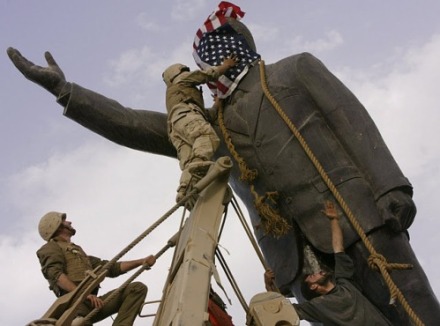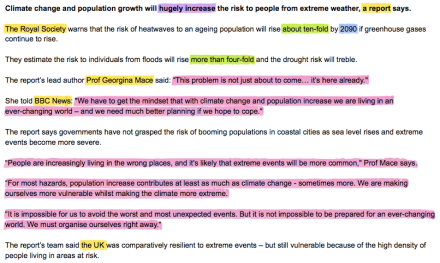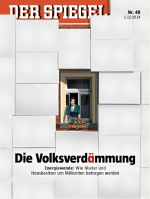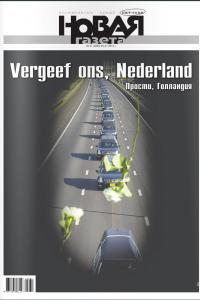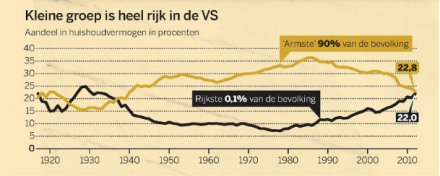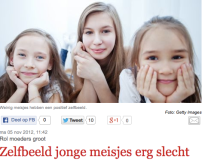In our fact-checking project we focused on the the dutch newspaper “The Telegraaf.” People distinguished the Telegraaf from so-called quality newspapers (like NRC Handelsblad and Volkskrant). They publish also articles on www.telegraaf.nl with different kind of topics: from travelling to cars. In comparison with other websites or newspapers they publish more about entertaining topics than serious topics. We checked the facts of five articles from the rubric “Health.”
The first article was about “Breastfeeding decreases risk on breast cancer.” In this article the main findings of the fact-check process were that some numbers could not be accounted by other sources or articles. The journalist did not fact-check the story and just wanted to write an article quickly. In order to write a good article, the journalist should have embedded links to the sources she used and contacted them to get the assumed press release of the study. In that way she could have checked the numbers herself.
The second article was about “30 percent of the cancer cases could be prevented.” In this article they used the ANP as the source. The journalist said that this was a reliable source that does not have to be checked at all. However, the results of the fact-check process suggest the opposite. ANP is getting their information of other organizations. As a consequence, as a journalist you have to check also the facts of the source of the ANP, but it seems that the journalist of the Telegraaf has not enough time to do that on her own.
The third article that was fact-checked was: “Super bacteria is deadlier than cancer by 2050.”
In this article, estimates were published as facts, hasty conclusions were made and information had been used from a source which is not the original. But most important: the readers were misled. The title was more sensational than it actually was. The source did not provide any information to confirm this statement.
The fourth article was about “Multi-resistant bacteria in fish from Asia.” As in the second article about cancer, the journalist explained that she also used ANP as a source and therefore was perceived to be correct. She did not checked the source on correctness. However, the ANP was not named in the article as a source so you did not knew where the information came from and whether it was reliable or not. In addition, the journalist made a generalization that in our opinion was incorrect (they used a small sample for their statement).
The last article we fact-checked was about smoking: “One out of ten youngsters is a heavy smoker.” In this article they used a lot of numbers and percentages, but no cohesion or links, although it was given in the original source. The article was less detailed compared to the source and did not show the total amount of the percentages. The journalist admit that she was really struggling with the numbers and did not knew how to report it in a good way.
In the end we can say about this fact-checking project that the articles that we checked contained a lot of faults. It seems like the journalists of the Telegraaf report the news without a prior check of the facts. This is not a good way of conducting news and decreases reliability. To stay a reliable news source, telegraaf.nl should properly check their sources double and give links to their sources they used for their articles. Several point of views are missing. Often one source is used, so you hear the story from one side. This is a point you see in all the articles we fact-checked: less depth, mainly acquired facts and numbers from other studies but no relevance, conclusion or cohesion. Our conclusion: for in-depth articles do not read the Telegraaf, but if you are in the mood for some entertainment: go for it!



